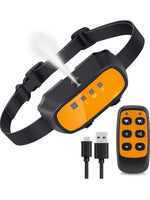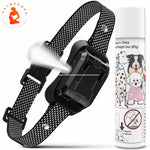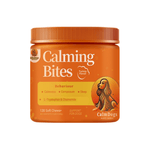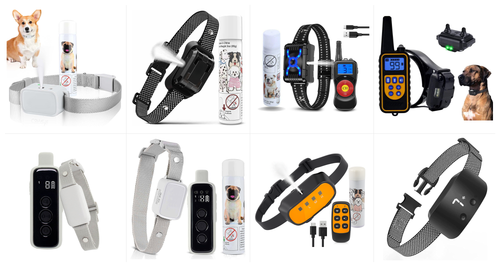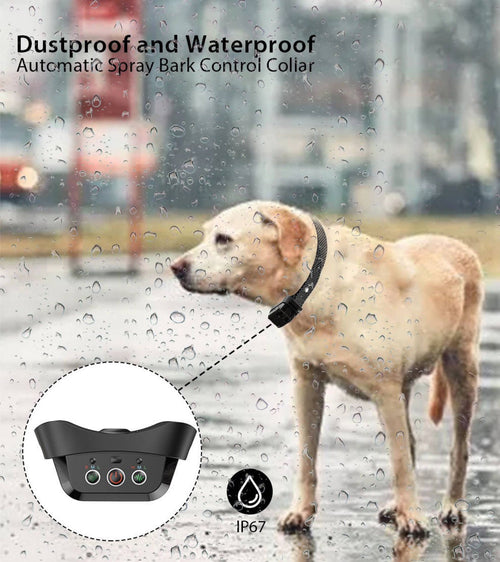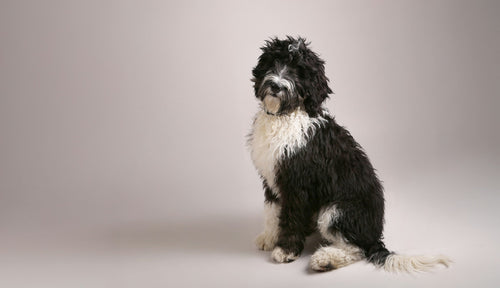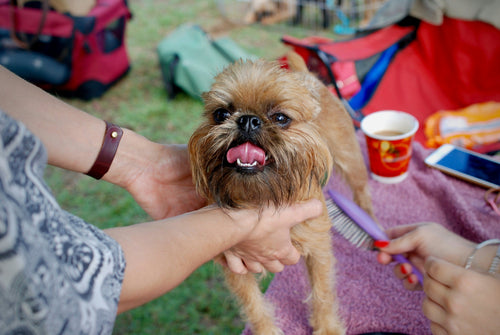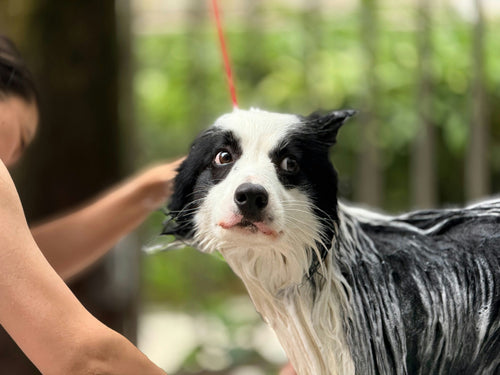Short answer: Most trainers consider prong collars aversive because they tighten with metal prongs that pinch the neck. Martingale collars also tighten, but with a flat band and a limited range, so—when fitted and used correctly—they’re generally viewed as the milder option for dogs with narrow heads (e.g., sighthounds). If your goal is kind, effective training, start with reward-based methods and humane tools; prongs are rarely necessary and can increase stress.
What each collar is—and how it works
Martingale collar (a.k.a. limited-slip)

-
Design: Two loops; the small loop tightens the main loop just enough to prevent the collar slipping over the head.
-
Purpose: Helps stop accidental backing-out on lead without constant pressure.
-
Risk profile: Lower than prongs; still avoid yanking and ensure a two-finger fit at rest.
-
Best for: Sighthounds and any dog that can slip a flat collar.
Prong collar (a.k.a. pinch)

-
Design: Interlocking metal links with inward-facing prongs; tightens evenly around the neck when the lead goes tight.
-
Purpose: Uses discomfort to suppress pulling.
-
Risk profile: High. Can cause pain/startle and may escalate reactivity; poor fit increases risk.
-
About a “prong collar cover”: A fabric/neoprene cover can hide the hardware or reduce chafe, but it doesn’t change the pressure mechanism on the neck.
Searching “prong collar UK”? There’s no UK-wide statutory ban on prong collars at time of writing, but using aversive equipment in a way that causes unnecessary suffering can still breach welfare law. Modern training typically recommends humane alternatives first.
Are martingale or prong collars cruel?

“Cruel” depends on method + intensity + the individual dog. That said:
-
Prong collars are widely classed as aversive tools. They rely on discomfort to stop behaviour. Many dogs show stress signals (lip-licking, head turns, freezing) or become more reactive under discomfort, which undermines training.
-
Martingale collars are not pain-based when fitted correctly and used with a loose lead. They’re a management tool to prevent slipping—not a pulling solution.
Bottom line: If you need to change behaviour (pulling, lunging, chasing), evidence points to reward-based training plus humane equipment (well-fitted harness, short-term head-collar with careful acclimation, or gentle attention cues). For the legal context on no-shock attention collars, see Are vibrating dog collars banned in the UK.
Humane alternatives that work
-
Front-attach harness (Y-shape, no shoulder restriction) for loose-lead practice.
-
Head-collar (with gradual desensitisation) for short, tricky environments.
-
Attention cues (marker word/click) to pay calm choices in real time.
-
Distance & setup: increase space from triggers; train at an easy level before adding difficulty.
Pros & cons at a glance
| Tool | Pros | Cons / Risks | Best use case |
|---|---|---|---|
| Martingale | Prevents slip-offs; simple | Can tighten if misused; not a pulling fix | Sighthounds; escape artists |
| Prong | Can suppress pulling quickly | Pain/aversive; fallout risk; poor public perception | Avoid; seek reward-based help |
| Front-attach harness | Gently redirects; kind | Needs correct sizing; acclimation | Everyday loose-lead walks |
| Head-collar | High control; reduces lunging | Must be trained carefully; short sessions | Temporary management while training |
How to choose (and fit) a martingale correctly
-
Measure the widest part of the head and the neck; select a size that slides on, then sits high on the neck.
-
Adjust so two fingers fit between collar and neck when relaxed.
-
Check the limit: when the small loop is fully tight, the main loop should not choke—you should still slide one finger underneath.
-
Train the walk: keep the lead loose and pay for moments of slack. If you’re relying on tightness to control your dog, switch to a harness and revisit training.
What about “prong collar cover” products?
Covers can hide the prongs and may reduce skin abrasion, but they do not remove the pinching. If you feel the need to cover it in public, that’s a sign the tool may not align with your training values—or your dog’s welfare.
Training plan: a kinder way to stop pulling
-
Management first: choose a front-attach harness; carry high-value food.
-
Pay position: mark and reward whenever the lead is loose by your hip.
-
Pattern games: “1-2-3 walk,” “stop-go” at kerbs, and look-at-that → back to you around dogs/cyclists.
-
Short reps, big wins: 3–5 minutes, a few times daily, beat one long, frustrating walk.
-
Get help: book a reward-based trainer if you’re stuck (our directory can help).
While you’re reviewing tools, it’s a good time to review cover too. Unexpected vet bills happen—see 10 Best Pet Insurance UK so you can budget for professional help when you need it. And if you’re exploring nutrition, choose complementary feeds and ask your vet for advice; here’s our guide to dog vitamins.
FAQs
Do martingale collars stop pulling?
No. They manage slipping, not pulling. Use a harness and training for leash manners.
Can prong collars be used “humanely”?
They’re aversive by design. Even with coaching, the risk of stress and fallout is higher than with reward-based tools. Most owners get better, lasting results without prongs.
Are vibrating collars the same as shock collars?
No. Vibration collars give a gentle, no-shock cue. For legality and best practice, read Are vibrating dog collars cruel.
What gear should I consider instead?
Look at humane dog training collars and well-fitted harnesses, then pair them with rewards and short, frequent practice.
Verdict: martingale vs prong—what should you do?

-
Choose a martingale only if your dog slips standard collars—and still train for loose-lead.
-
Skip prong collars; the welfare risks and public perception outweigh any quick wins.
-
Invest in kind training and proven management tools; when you need a collar-based solution, explore humane dog training collars that avoid pain and pair them with rewards.



